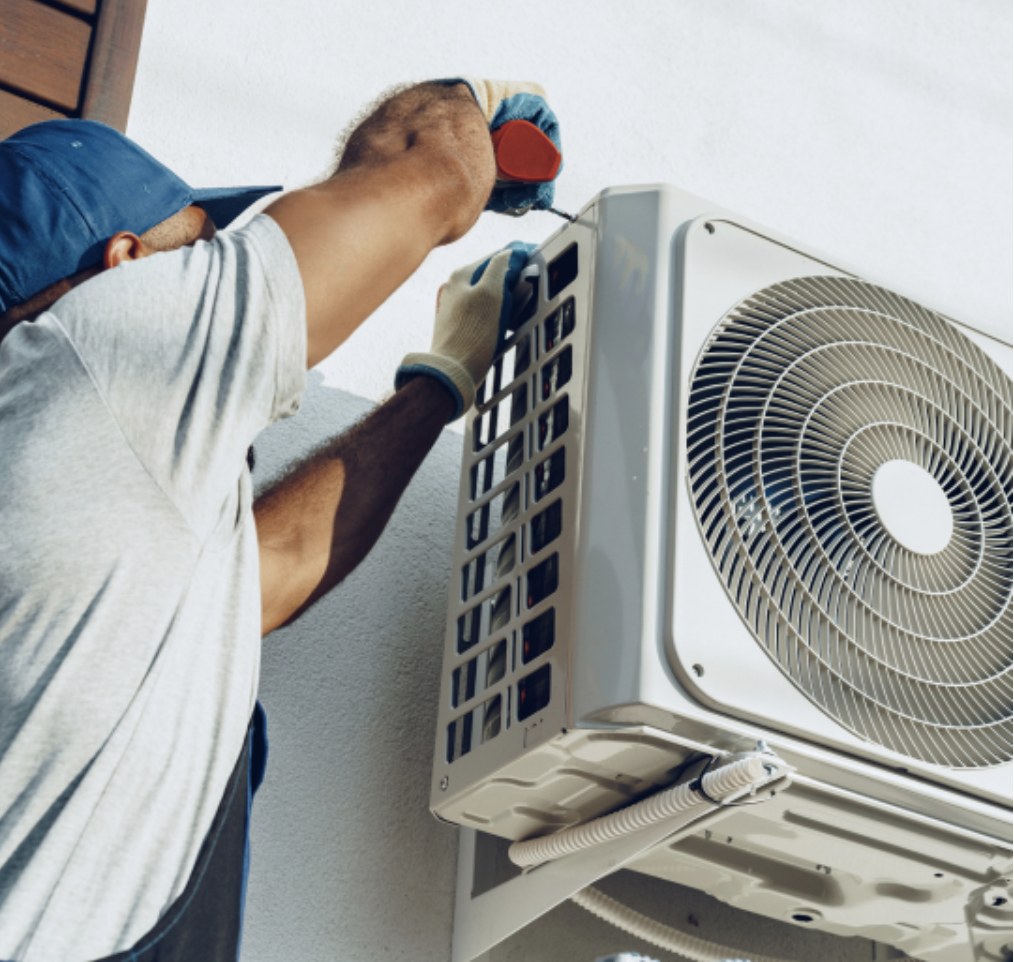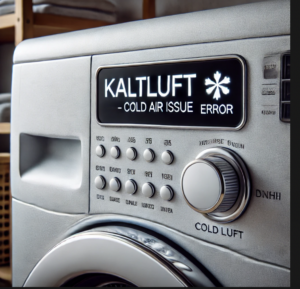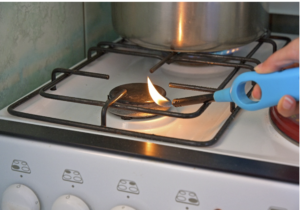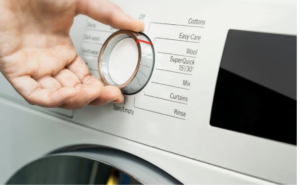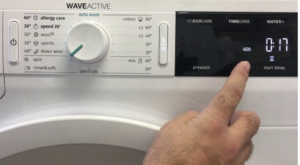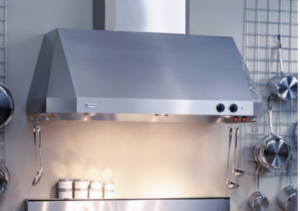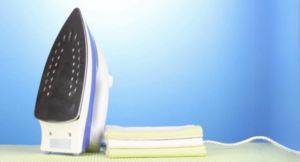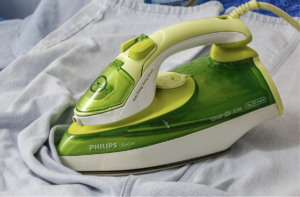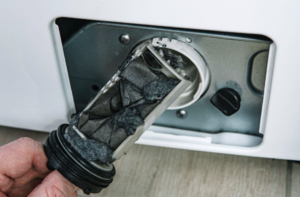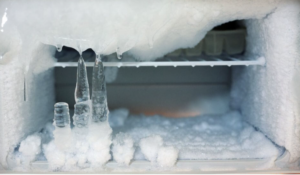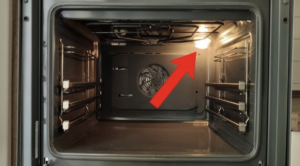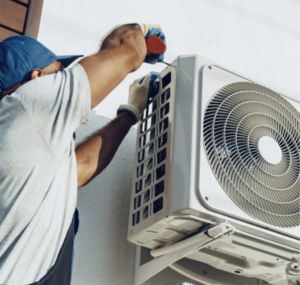
Air conditioner installation and removal
Spare parts for air conditioners
Climate change nowadays makes more and more people use air conditioning. This applies especially to hot summer days. Then without air conditioning we can hardly survive the extreme temperatures, even if we are on the seashore. But in winter, such a system is also necessary for every home, heating it and bringing more comfort.
There are people who prefer to install the appliances themselves at home. Even a person without in-depth technical knowledge can install an air conditioner. As long as the installation steps are followed consistently.
If you don't want to hire a professional, but you have some experience with plumbing and electrical maintenance, you can install the unit yourself. Every air conditioner is unique, with different manufacturers offering models with different features. But overall, the installation process is the same. Here are the individual steps for installing the unit:
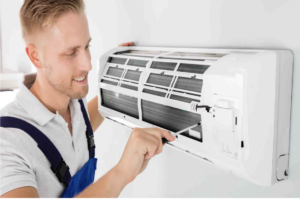
Choose a suitable location in your living space to install the indoor unit. You will need to make a hole in the wall. This will connect the two separate modules. Try to install the indoor unit in a location that is protected from sunlight or other heat sources.
This will make the air conditioner work more efficiently. Place the indoor unit 2 m. from the floor. Provide at least 15-30 cm. of free space on each side of the unit to ensure better airflow. Place brackets on the wall.
Install the unit at least 1 m away from antennas or other connecting lines used for television, radio, home security systems, intercoms or telephones. Electrical noise from these sources may cause operational problems for your air conditioner.
Avoid locations near gas appliances. Most modern air conditioners come with remotes, so you can easily turn them on or off and adjust the temperature, even if they are mounted high on the wall.
Tip: Choose a suitable room for the indoor unit, such as the living room.
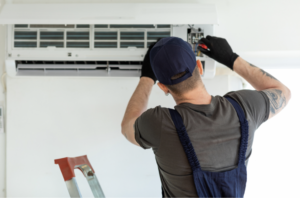
Use a level to ensure that the unit is installed correctly. Drill a hole about 7.5 cm in size in the wall so that you can bring the unit's pipes out.
You will need a drill with the appropriate attachment. The hole should be slightly sloped downwards towards the ground to ensure proper drainage. Make sure there are no pipes or wires behind the wall that could get in the way.

Check the electrical connections. Lift the front panel of the air conditioner and remove the cover. Make sure that the cable wires are connected to the screw terminals and that the wiring corresponds to the diagram provided with the unit. Install the unit at a 2-3 degree angle so that water can drain from the drain pipe.
Installing the outdoor module
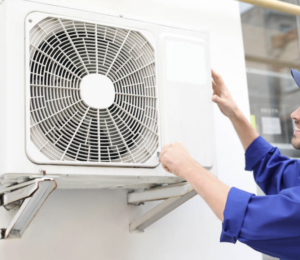
Place the air conditioner away from dusty or hot areas. Choose a suitable location for the outdoor unit to ensure its proper functioning. It is preferable to place the air conditioner in a shady place that is protected from wind and dust. Make sure that there are no antennas within 3 m. of the outdoor unit.
Find the hole you drilled through the mounting plate for the indoor unit and position the unit. Attach the pipes and cable. Drill holes for the fasteners. You will need a drill to do this.
Install the support rails on the unit. Use a spirit level to make sure the outdoor unit is properly aligned. Secure the unit to the wall with anchor bolts.
Check its electrical wiring. Remove the condenser cover. Check the wiring layout with that in the unit diagram. Make sure they are connected as indicated in the diagram. Then connect the piping and cable to the outdoor unit.

Bleed air and moisture from the refrigerant circuit. Remove the caps from the valves and connect the vacuum pump hose to the service port. Turn on until a value of 10 mm Hg is reached.
Uninstall the outdoor unit
Before you start dismantling, turn off the power supply. Remember that the air conditioner has an outdoor and indoor unit, which are connected to each other with cables and pipes.
Make sure the power is off. Remove the cover that protects the body. For this you will need a screwdriver – either a Phillips or flathead.
Remove the nuts that hold the electrical wires inside the unit. Unscrew all the cables to dismantle the body. You may also need to remove the side panel.
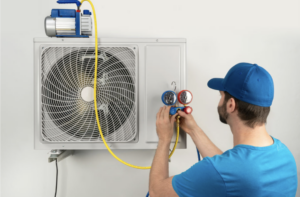
Unscrew the copper pipe that connects the indoor and outdoor units. Place a suitable container where the refrigerant will drain. Then you can move on to the indoor unit. Remove the screws that hold it in place and remove the unit from the wall.
How to install an air conditioner:
A hole is drilled in the wall of the living space |
The indoor module is installed |
The outdoor unit is installed |
Checking the wiring and connections of individual parts |
The two parts connect |
